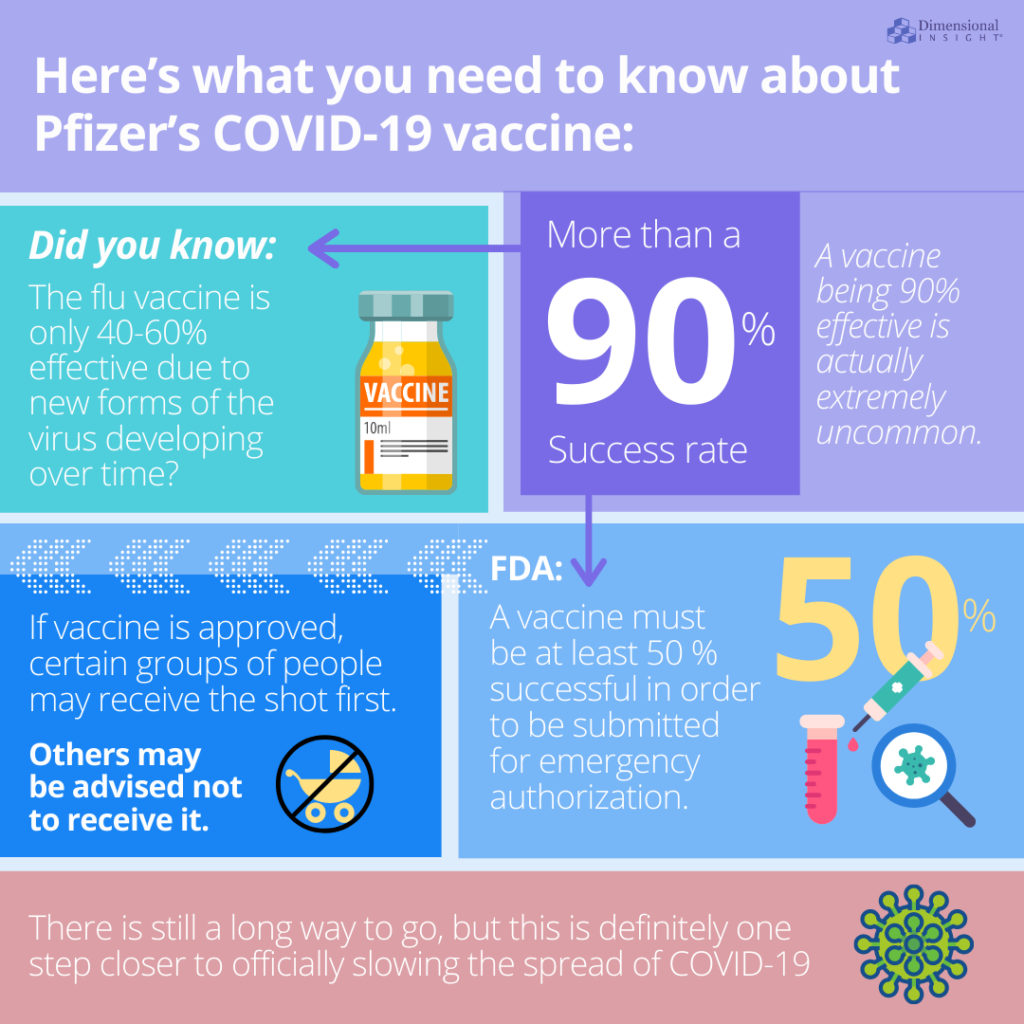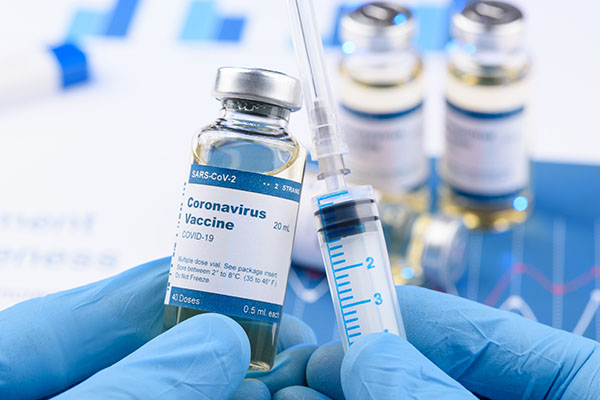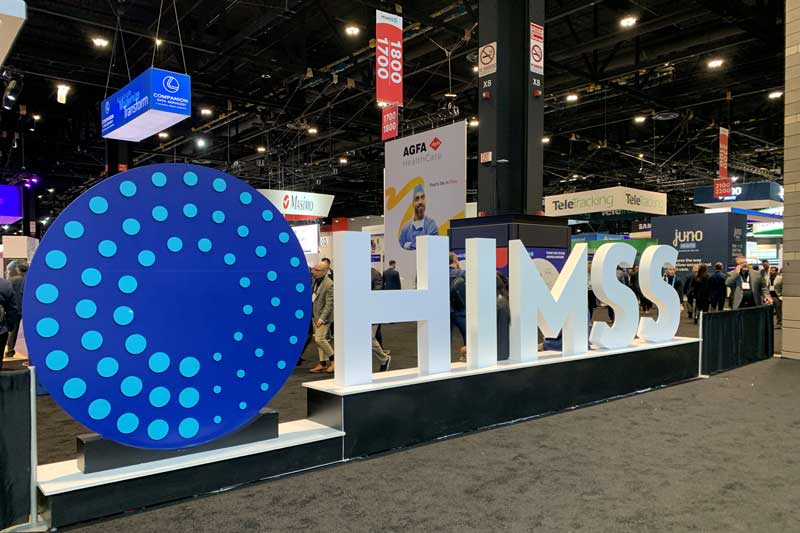In part one of “The Future of Vaccines,” we discussed five common misconceptions about the future COVID-19 vaccine and why they were myths. Among these COVID-19 myths was the idea that a vaccine would be easily available by the end of this year or even by the end of fall. While this is still a myth, since publishing part one of this blog series, Pfizer announced promising results regarding its vaccine trials earlier this week. Here’s what you need to know about Pfizer’s COVID-19 vaccine:
Trials/findings
After months of trials and development, U.S. drug maker Pfizer and its partner BioNTech announced on November 9 that their COVID-19 vaccine showed more than a 90% success rate among individuals who were not previously diagnosed with the virus from phase 3 of their trial. This announcement was especially promising considering Dr. Anthony Fauci’s previous statement that a developed vaccine that was even 50-60% effective would be acceptable. A vaccine being 90% effective is actually extremely uncommon. Even the flu vaccine is, at best, only 40-60% effective due to new forms of the virus developing over time.
The late-stage clinical trial began in July. According to The New York Times, “Half of the people got the vaccine, while the other half got a placebo of salt water.” Pfizer and BioNtech then waited to see if any of the subjects contracted the virus from other sources to confirm whether or not their vaccine provided any protection. The study included a total of 43,538 participants from diverse backgrounds, with 42% of the individuals having no serious safety concern. The analysis evaluated 94 confirmed cases among the almost 44,000 participants. However, the Times also noted that the clinical trial data was “blinded,” meaning that “no one except the independent board – not the volunteers, doctors, or the company’s top executives – knows how many of the 94 people sickened by the virus got the vaccine or the placebo.”
What the results mean
The Food and Drug Administration (FDA) stated that a vaccine must be at least 50 percent successful in order to be submitted for emergency authorization, so overall, the trial results are on the right track but there are still many steps left in the process and the FDA has not yet confirmed or approved the vaccine. For example, the FDA also requires two months of safety data before it can continue moving forward in approval. In addition, while Pfizer may be one of the first to announce a successful vaccine, there are many COVID-19 vaccine candidates that are currently under development and trials, so in the end, it’s all about which one will prove to be the safest and most effective and efficient. One of the downsides of Pfizer’s vaccine is the extreme temperature it must be kept at: -70° C (-94° F). Only specialized freezers are able to produce such temperatures which limits the number of individuals who may able to get it. For example, those living in areas without close access to large hospitals may have trouble receiving the vaccine in the beginning stages of official distribution to the public. According to Time, “If the Pfizer vaccine is kept at -70° C, it can last up to six months. But many hospitals, to say nothing of community medical offices and pharmacies, do not have ultra-cold freezers, which cost around $10,000 up front and are expensive to run because of their high energy usage.” Pfizer will most likely continue to refine and change their original formula as they get a clearer idea of what needs to be and can be improved without sacrificing effectiveness

What’s left?
Pfizer’s trial will continue until it reaches 164 cases of COVID-19 at which point the results will be analyzed and ready for the next step. If the vaccine is approved, certain groups of people may receive the shot first while others may be advised not to receive it (e.g. infants). According to the CDC, vaccines may only be used under Emergency Use Authorization (EUA) at first. The first round of vaccine distribution will mostly go to essential workers such as healthcare workers, nursing home workers, or those in the food production industry as those individuals are at high risk themselves as well easy spreaders to those around them. That being said, while the beginning stages of vaccine distribution may be limited, supply will only increase with time. If all goes as planned, it’s realistic to believe that we will see an increased in accessibility in 2021. It’s important to also note that Pfizer’s vaccine requires two doses as of now, but they expect to be able to produce 50 million doses this year, half of which may go to the United States giving about 12.5 million Americans a successful vaccine.
As mentioned before, Pfizer’s announcement gave promising hope to many people this week but for now, we can only look forward to what’s to come with the results and approval of the vaccine. There is still a long way to go, but this is definitely one step closer to officially slowing the spread of COVID-19. While we will certainly be receiving more vaccine updates in the coming weeks, please remember that flu season is already beginning, so it’s especially important to continue washing hands, socially distancing, and of course, wearing a mask, to protect yourself and those around you.



